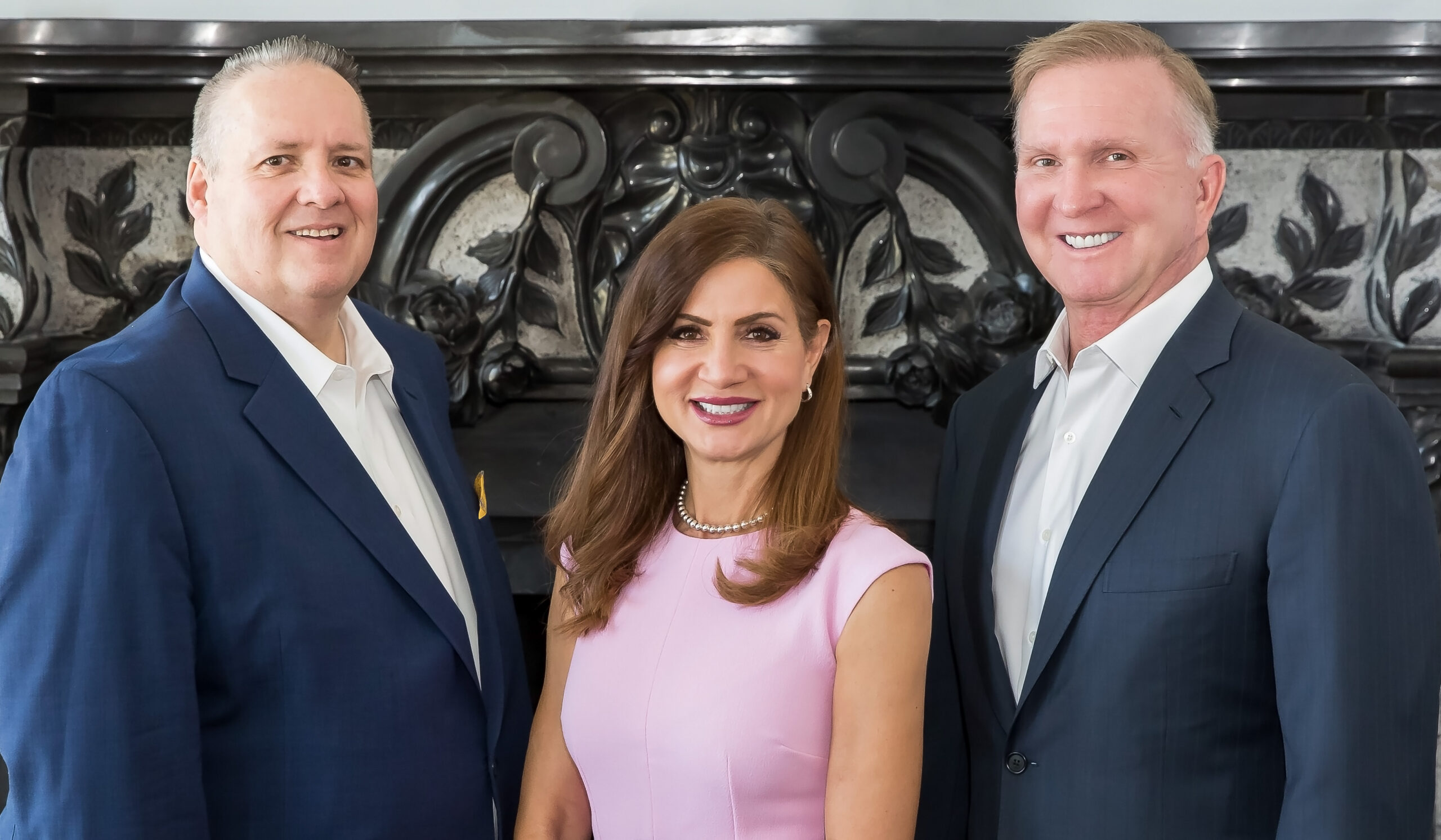Mass torts are one of the many types of legal actions available to injured plaintiffs seeking civil recovery. Mass torts involve legal actions with multiple plaintiffs and allow them to maintain an individual claim while seeking to recover from a single defendant. The benefit of this action is that it allows for an efficient legal process given that the claims are consolidated as our Las Vegas NV car accident lawyer can share.
A mass tort occurs when multiple people are harmed by an event, product, or action. With a mass tort, the plaintiffs are able to maintain their individual claims – including specific damages – within a consolidated group. Commonly, mass torts actions arise out of environmental disasters, bad pharmaceuticals, or exposure to toxic substances. Mass torts are often confused with class action lawsuits. While both are comprised of a large group of plaintiffs, class action suits require more elements to be met to be considered as a class action as our lawyers know well who have won some of the highest verdicts in the history of Nevada.
Specifically, class actions required classes to be certified. To be certified, class actions require a party to prove that the group of plaintiffs have numerosity, common questions of law or fact (i.e., commonality), the claims are typical of the class, and that one representative can protect the interests of the class. Mass torts, on the other hand, are sometimes used when the elements of a class action cannot be met, including when the fact situations between the plaintiffs is too different and the legal issues are not common to the class.
A mass tort is often best understood with example – electric vehicles (“EV”). The one thing that every electric vehicle needs is a battery. Imagine that a new company – ABC EVs – manufactures and releases a new EV, intending to compete with other companies by advertising that its battery lasts longer, is more durable, and generates more power. Now imagine three families purchase the EV with three different intentions in reliance on the corresponding advertisements: (1) Family A chooses to drive the EV across country on one charge; (2) Family B decides to take the EV mudding; (3) Family C decides to use the EV to tow a trailer carrying their belongings to their new home.
While driving in the middle of nowhere, Family A’s EV battery overheats, catches fire and the family is stranded for two days. While mudding, Family B’s battery overheats, causes the car to catch fire, and strands the family in the EV in the mud. While towing, Family C’s battery fails to control its temperature, overheats, catches fire, and causes the family and the trailer to crash. In a mass tort, it’s possible that all of these families could consolidate their actions into one mass tort against the EV company alleging that the battery causes all three families to suffer injury, even though the injuries were caused in different scenarios and locations.
If you need help with a case, contact Eglet Law Eglet Ham Henriod for help — our team has won more multi million dollar verdicts in Nevada than any other personal injury firm.




